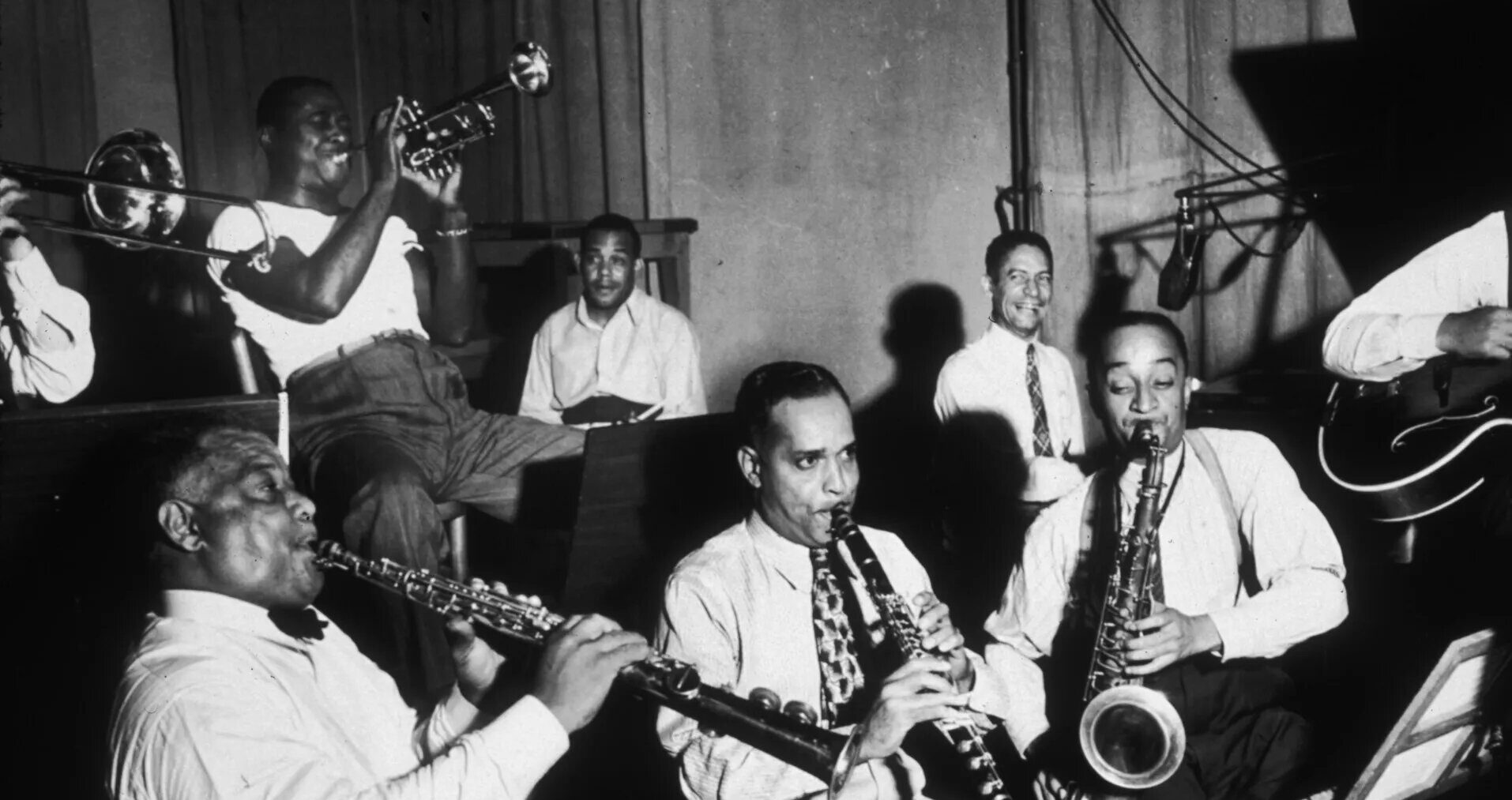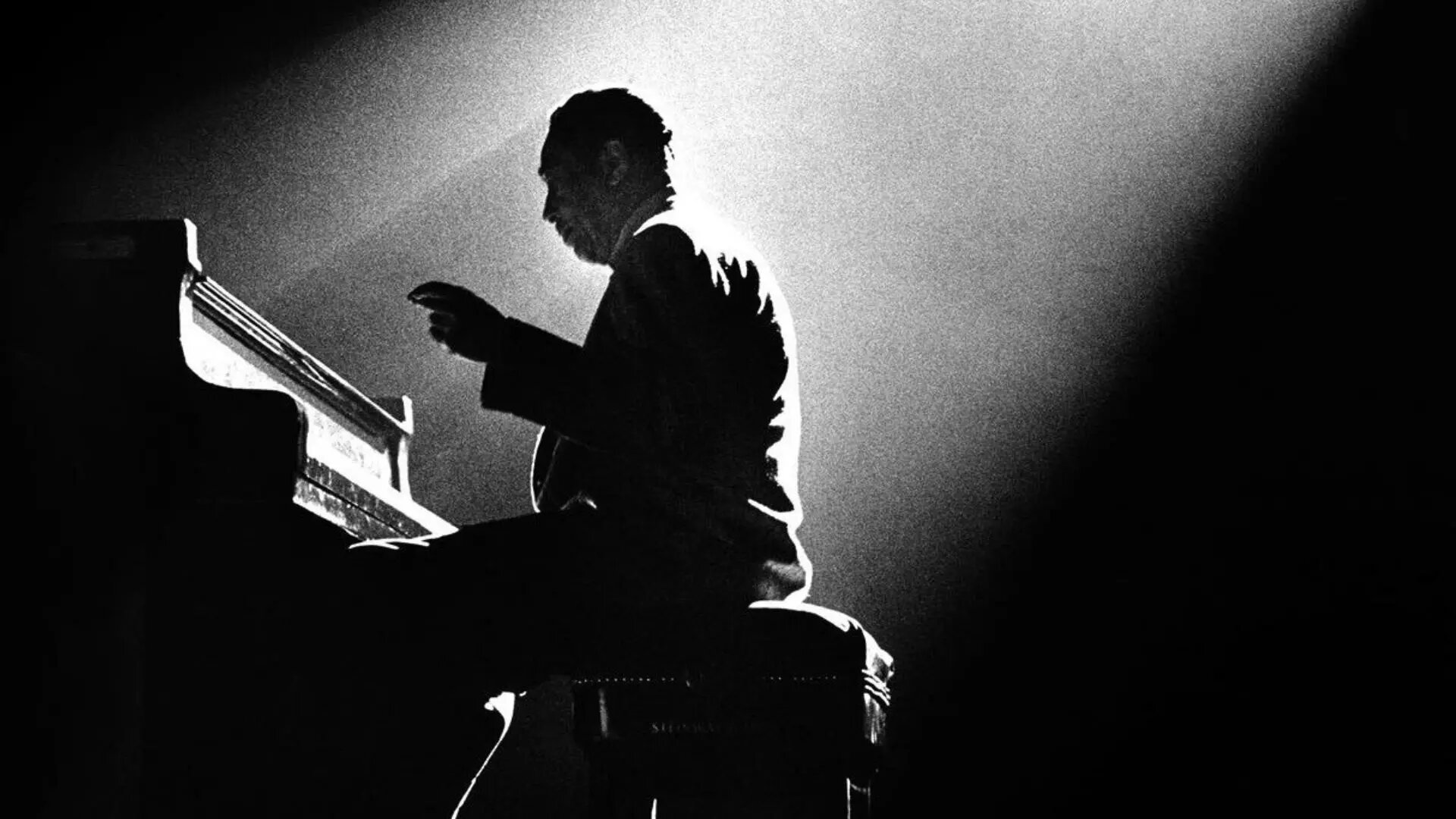
Brief History of the_Music

New Orleans
The beginning of jazz music can be traced back to the early 20th century in New Orleans, where a melting pot of musical influences converged. Jazz emerged from the rich tapestry of African American musical traditions, including blues and ragtime, combined with elements of European brass band music and Caribbean rhythms. This vibrant fusion gave rise to a new genre characterized by its syncopated rhythms, improvisation, and expressive swing. The genre quickly spread beyond New Orleans, evolving and influencing countless musical styles around the world.

Swing
Swing jazz, which emerged in the 1930s, is a vibrant and influential style of jazz that revolutionized popular music. It developed from the early jazz forms and became prominent with the rise of big bands led by figures like Duke Ellington, Count Basie, and Benny Goodman. Characterized by its strong, rhythmic “swing” feel and intricate arrangements, swing jazz featured a more organized ensemble structure and emphasized the rhythm section, creating a danceable groove that captivated audiences. The era of swing, often referred to as the “Swing Era,” dominated the American music scene throughout the 1930s and 1940s, shaping the evolution of jazz and leaving a lasting legacy on popular music.

Harlem
Bebop and Harlem were instrumental in transforming jazz into a more complex and artistically expressive genre. Bebop, emerging in the early 1940s, introduced intricate melodies, fast tempos, and sophisticated harmonies, pushing jazz away from its dance-oriented swing roots and emphasizing individual improvisation and creativity. Harlem, particularly during the Harlem Renaissance, served as a vibrant cultural epicenter where jazz flourished, providing a dynamic environment for innovation and collaboration. Clubs like Minton’s Playhouse became hotbeds for bebop experimentation, fostering a community that significantly shaped the genre’s evolution and cemented jazz’s role as a profound form of artistic and cultural expression.

50’s -60’s
The jazz of the 1950s and 1960s was marked by groundbreaking innovation and diversity, reflecting a period of significant transformation within the genre. The 1950s saw the rise of cool jazz, characterized by its relaxed tempos, subtle dynamics, and sophisticated harmonies, with key figures like Miles Davis, Chet Baker, and Dave Brubeck leading the way. The late 1950s and early 1960s witnessed the emergence of hard bop, which fused elements of bebop with blues and gospel, featuring artists such as Art Blakey and Horace Silver. As the 1960s progressed, free jazz began to take shape, emphasizing avant-garde experimentation and the freedom of expression over traditional structures, with pioneering work by Ornette Coleman and John Coltrane. This period was a dynamic era of exploration, setting the stage for future developments in jazz.

70’s – Present
In the 1970s, jazz experienced a period of significant evolution, marked by the rise of fusion jazz. This style emerged as musicians began to blend traditional jazz elements with influences from rock, funk, and electronic music. Fusion jazz featured electrified instruments, complex rhythms, and an emphasis on improvisation, with pioneering artists like Miles Davis, whose album Bitches Brew is often credited with catalyzing the genre. The 1970s also saw the continuation of free jazz, with artists pushing further into avant-garde territories. Additionally, there was a renewed interest in jazz-rock and jazz-funk, genres that incorporated groove-oriented rhythms and synthesizers, reflecting the broader cultural shifts of the decade. This era of jazz was characterized by its eclecticism and experimentation, bridging the gap between traditional jazz and the emerging sounds of contemporary music.
After the 1980s, jazz continued to evolve, incorporating a variety of influences and spawning several new subgenres. Neoclassical jazz, led by artists like Wynton Marsalis, sought to return to the roots of jazz, emphasizing acoustic sounds and traditional forms while incorporating modern techniques. The 1990s saw the rise of acid jazz, a genre that blended jazz with elements of funk, hip-hop, and soul, with groups like Jamiroquai at the forefront. By the 2000s and beyond, jazz continued to diversify with jazz fusion melding with world music, electronic elements, and experimental sounds, while artists like Brad Mehldau and Esperanza Spalding pushed boundaries in innovative ways.